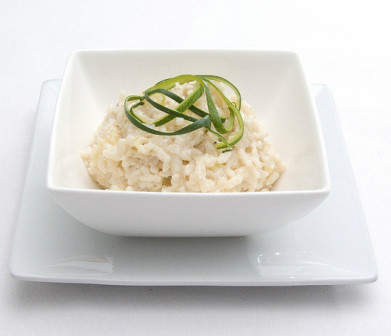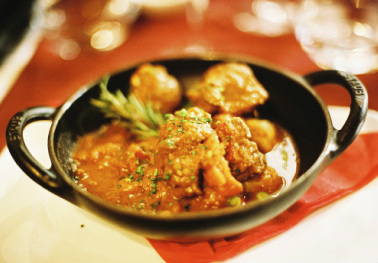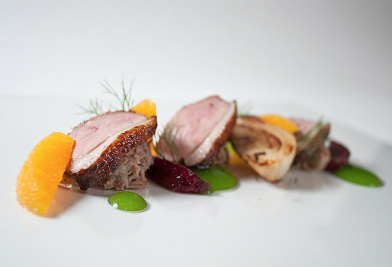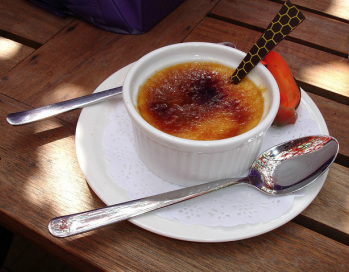No, this is not an ad from Dunkin Donut… of those my fave is still the one they ran some thirty years back, with that funny, slightly overweight franchise owner, doubling as the pastry maker, slaving away at 2 am….
No, this is December 2014, with DD "owning" the breakfast trade and who knows what else. Making tons of those doughnuts, doughnut holes, croissants, bagels, etc. in the wee hours of the night certainly have paid off!
But look… somebody is upstaging the master pastry maker… sprinkling a liberal amount of CaffeinAll on their chocolate covered doughnuts. About 200-300 mg of it from the looks of it….
Horror of horrors… so DD’s coffee is not strong enough?







 RSS Feed
RSS Feed